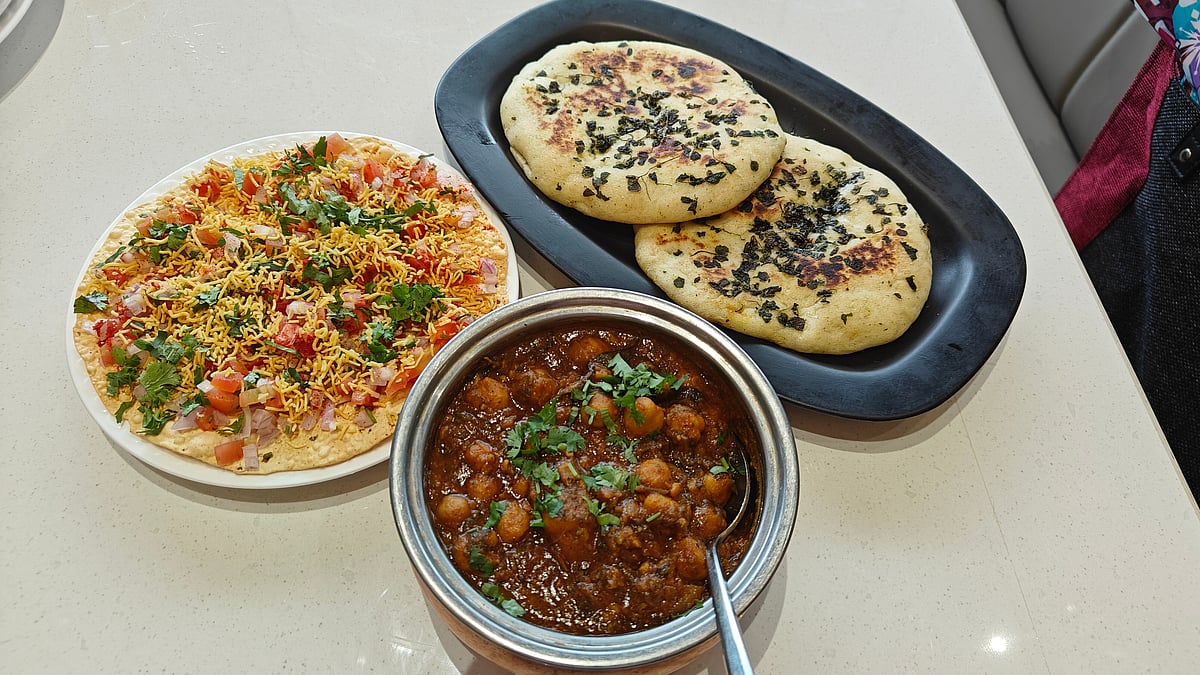Bread and butter, the staple breakfast, does not have to be boring anymore. With a wide range of butters and spreads, one can rustle up an interesting fare. “Butter has gone way past the simple dairy product that we used in our kitchen a decade ago; much like with everything in food, there has been a substantial makeover in the way butter is now churned/ produced,” says Saakshi Jain, CMO of Tinychef that offers everything from automatic meal planning and 1-click grocery shopping to voice-guided cooking and works in sync with connected appliances. It also converts recipe content into branded conversations on Amazon Alexa and Google Home smart speakers.
Butters and spreads are always considered unhealthy. “Butter is also being made for people who keep a close tab on their diet and the nutritional value they consume,” says Jain.
Rise in customer expectations
Adeeb Nadiadwala, patisserie chef at 28 Baker Street, sees an increase in people going experimental. “This is because of the rise of the new urban class and exposure to internet and travelling. Master Chef and YouTube have also played a major role in expanding innovative cooking and baking.”
Devbrat Bhardwaj, founder-consultant, One Sprig Hospitality Consultants, clarifies the doubts, saying infusing organic ingredients lifts the flavours.
“The current trends reflect that there is a high demand for the products in the breakfast category because of widespread acceptance of bread in daily diet. Butter flavoured with savoury additions are also proving to be popular. We have also witnessed a high rise in customer expectations around natural recipes for the essential ingredients,” says Bhardwaj. Popular author and culinary consultant and chronicler Rushina Munshaw-Ghildiyal has seen a spurt of culinary versatilityin the table butter market.
“We have a tradition of making makkhan or butter at home. Over time, butter became more popular with rising urbanisation and western culinary influences. Butter offers a lot of room for innovation. It also has a fairly good shelf life,” she says.”
Key ingredient
Bhardwaj has witnessed a surge in home cooking and baking during lockdown. “A variety of butters and spreads available not only impart an outstanding flavour and texture but is extremely healthy. They are recommended for cooking and baking.”
One must essentially understand the nitty-gritty of using them better, says Munshaw-Ghildiyal.
“Flavoured or compound butter is typically softened at room temperature mixed with flavouring ingredients, reformed into cylinders using clingwrap or parchment paper, and chilled until firm. They can be stored in the freezer for about a month,” she says. Cylinder shape means rolling them into logs. The thickness can be as per your need and preference.
She also freezes flavoured butter into a sheet and cut into shapes with cookie cutters to make attractive garnishes. She suggests freezing butter into small moulds or ramekins. “Decorate with combinations of ingredients that have gone into them. You can also take it to a friend’s home as hostess gifts.”
Nadiadwala has seen butter being incorporated in baked sweet and savoury goods. “The spreads can be used in everyday sandwiches and in canapés, starters, salads and dips.”
Be informed
Munshaw-Ghildiyal advises ensuring that butter is at room temperature before adding other ingredients. “I like to leave it at room temperature for 15-20 minutes for flavours to develop before returning to refrigerator to cool. Keep it in an ice bath to maintain cool temp so fresh ingredients don’t spoil.”
Freshness of ingredients (seeds and nuts) and if possible, organic stuff should be given importance for purity, quality and texture.
This is what Nadiadwala does. “Considering the jar size, the ingredients should be ¾ full. High speed of the mixer is recommended. The mixing time should be controlled constantly. One should control the salt, lime/vinegar, and spices. Any excess or wrong blending can spoil the taste,” says Nadiadwala.
Bhardwaj says products should not be handled with wet hands and the prescribed storage temperature must be maintained.
“The freshness of ingredients also reduces the chance of any rancidity in hot and humid condition. Fresh dairy and nut butters release a mouth-watering aroma but subjecting butter to very high temperatures while cooking may burn it, giving a strong unpleasant aroma,” he says.
COCONUT BUTTER
Ingredients:
Desiccated organic coconut powder (pure) – 1 cup
Method:
Place the desiccated coconut in chutney jars and start mixing continuously – stopping in between to scrape sides. Mix till you get a smooth butter. Store in a sterilised bottle.

COCONUT BUTTER SPREAD

Ingredients:
Coconut butter – ½ cup
Roasted crushed cumin seeds – ½ tsp
Mixeddry herbs – ½ tsp
Optional
Coriander, finely chopped – 1 tsp
Lemon juice –½ tsp
Garlic powder –¼ tsp
Rock salt to taste
Method:
Mix all the ingredients together and use it as a spread for starters or canapés. Alternatively, use paprika or crushed black pepper.
- Adeeb Nadiadwala, patisserie chef, 28 Baker Street
HOLLANDAISE FOR EGG BENEDICT

Ingredients:
Egg yolks, large – 3
Fresh lemon juice – 1 tbsp
Pepper garlic butter – 150 gm
Method:
Blend egg yolks and lemon juice. Melt the butter in a small saucepan at medium flame until it begins to foam. Skim the butter solids and keep the hot melted butter separately. Blend the egg yolk mixture at high speed for three seconds. With the blender still running, slowly pour the melted butter. The sauce will begin to thicken with half of the butter blended in.
Taste and season with a little more salt and pepper, if needed. Poach eggs and pour the sauce over. Accompany with your favourites.
How to assemble smoked salmon egg benedict:
Toast the English muffin with your favourite flavoured or salted butter. Top it up with smoked salmon slices and poached egg. Pour generous amount of Hollandaise sauce and sprinkle some freshly crushed pepper for zing. Sauté some haricot beans and cherry tomato in salted butter for accompaniments. Happy cooking.
-Devbrat Bhardwaj, founder-consultant, One Sprig Hospitality Consultant













